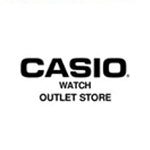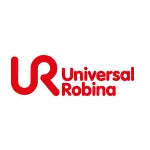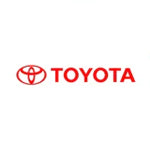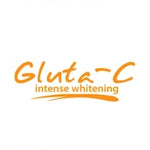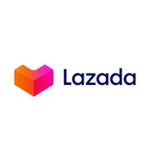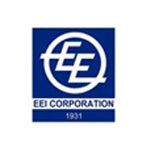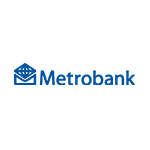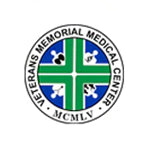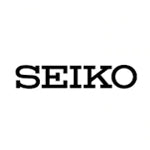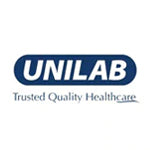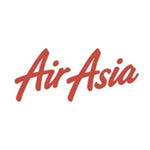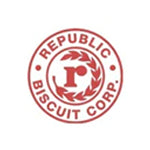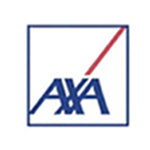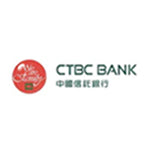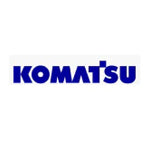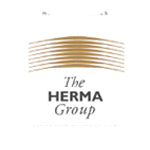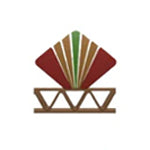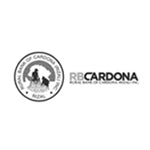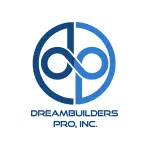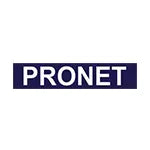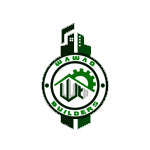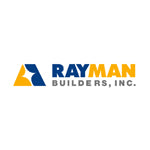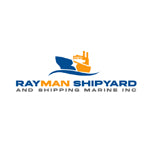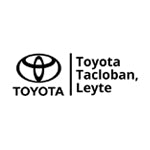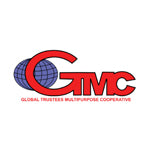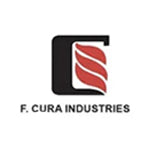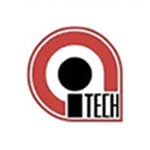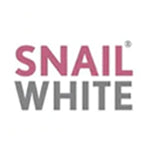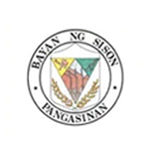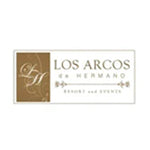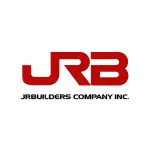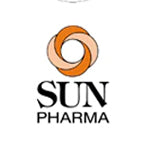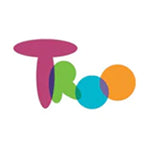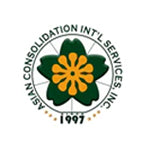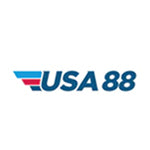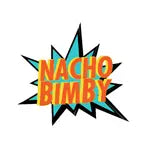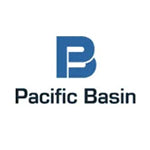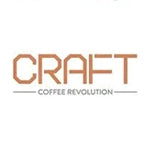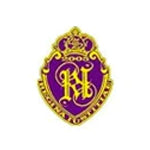Why Are Patches Expensive?
The Real Work Behind Premium Custom Patches
If you’ve ever shopped for custom patches, you’ve probably wondered why some options cost more than a printed logo. Short answer: a great patch is a tiny piece of engineered craftsmanship. From the digitizing of your design to the last trim on the border, every step takes time, skill, and quality materials—so it can stand up to years of wear, washing, and weather.
At Craft Clothing, we’re artisans at heart. Here’s a transparent look at what you’re paying for—and how to get the best value for your order.
1) Art & Digitizing: Turning Ideas Into Stitches
Before a single thread is sewn, your artwork is redrawn and digitized—converted into a stitch map that tells the machine the exact path, density, and direction of every stitch.
-
Why it affects cost: Complex logos, tiny text, gradients, and shading require higher stitch counts and more programming time. Clean, bold art usually stitches faster and neater.
2) Stitch Count & Size: The Biggest Cost Driver
Embroidery is billed in stitches, not just in inches. A small but densely filled patch can take longer than a bigger patch with open areas.
-
Why it affects cost: More stitches = more thread, more machine time, and more QC checks. Increasing size or detail raises stitch count quickly.
3) Materials That Last: Twill, Threads, and Special Effects
Quality patches aren’t flimsy. They use sturdy fabrics (like twill or felt), premium threads, and the right stabilizers so designs hold up over time.
-
Why it affects cost:
-
Specialty threads (metallic, fluorescent) and color changes require setup time.
-
High-strength stabilizers prevent puckering and keep edges crisp.
-
Color variety means more thread changes and stops on the machine.
-
4) Backings & Attachments: Function Adds Engineering
How you attach the patch matters.
-
Iron-on/heat-seal: Extra adhesive and press time.
-
Velcro®/hook-and-loop: Additional materials and perfect alignment.
-
Sew-on: Usually the most economical, but still needs a stable backing.
Each option adds material and labor in different ways—that’s why the same design can vary in price depending on backing.
5) Borders & Shapes: Clean Edges Aren’t Accidents
-
Merrowed (overlock) edge: That classic rope-like border is stitched after the patch is cut—great for standard shapes.
-
Laser-cut/satin edge: Needed for custom silhouettes and sharp angles.
Both methods add passes on specialized equipment, which adds cost—but also prevents fraying and keeps the patch looking sharp for years.
6) Sampling & Quality Control: “Measure Twice, Stitch Once”
A good supplier won’t send bulk until the sample is right. That means test runs, color matching, and durability checks.
-
Why it affects cost: Sampling safeguards your brand. Any fixes happen before bulk production, saving you from a whole batch of “almost right.”
7) Skilled Labor & Machine Time: Craftsmanship, Not Just Equipment
Industrial embroidery machines are precise—but they still rely on experienced operators to set tensions, swap threads, monitor trims, and fix mis-stitches.
-
Why it affects cost: You’re paying for trained hands and eyes to keep every piece consistent, not just for the machine humming.
8) Order Logistics: Minimums, Rushes, and Waste
-
Small runs spread setup costs across fewer pieces.
-
Rush timelines compress scheduling and add overtime.
-
Wastage allowance (extras to cover defects) is built into responsible production so your final count is spot-on.
Why Premium Patches Are Worth It
-
Longevity: Embroidered details don’t crack or peel; they age beautifully with your gear.
-
Brand Perception: A solid, well-finished patch instantly elevates uniforms, jackets, bags, and hats.
-
Flexibility: Move your identity from one garment to another; patch it, don’t reprint the whole item.
Smart Ways to Save (Without Sacrificing Quality)
-
Right-size your design. Trim 0.5–1 cm if possible; it can shave off thousands of stitches.
-
Simplify tiny details. Convert micro-text into a bold monogram or omit lines that won’t read from a distance.
-
Limit color changes. Fewer thread swaps = less machine downtime.
-
Choose standard shapes (circle, oval, rectangle) when you can; use merrowed edges to keep it classic and cost-efficient.
-
Pick the proper backing. If you’re sewing onto uniforms anyway, a sew-on backing can be more economical than iron-on or hook-and-loop.
-
Plan your timeline. Avoid rush fees by giving enough lead time.
-
Order together. Batch variants (e.g., departments or player numbers) in one production window.
Make Your Patch Count—with Craft Clothing
If you’re investing in patches, make them stand the test of time. Our Manila-based team brings meticulous craftsmanship to every step—from digitizing and sampling to final QA—so your brand wears well for years.
Ready to create? Explore our custom patches and let’s stitch your story, one thread at a time.















